Insights
Electricity generation
Source: National Grid ESO
UK electricity generation in 2023
2023 was one of the greenest years on record for electricity generation with the share of renewables on the system continuing to grow.
In 2023 more electricity came from renewable and nuclear power sources than from fossil fuels and overall wind power was the second largest source of electricity, breaking new records.
Decarbonisation – a UK success story
The UK has a legally binding target to achieve Net Zero carbon emissions by 2050, and the energy industry will play a pivotal role in achieving this. The power sector has already cut emissions by two-thirds since 1990, thanks to a huge growth in renewables and the steep decline in the use of coal for electricity generation.
Decarbonising other sectors, such as heat and transport, will rely on increased electrification, increased system flexibility, and developing technologies.
Renewables
With the Government’s mission to deliver clean power by 2030, a crucial part of our energy system transition will involve harnessing the power and potential of renewable generation.

Renewable electricity growth is accelerating faster than ever before worldwide. Technology innovation has enabled rapid cost reductions, far surpassing expectations, and wind and solar are now much cheaper sources of generation than fossil fuels.
The UK has led the world in decarbonising its power system, and can further accelerate the growth of renewables by addressing key barriers, such as planning, permitting and regulatory processes, improving grid infrastructure, and ensuring a coordinated approach.
A rapid expansion of UK renewable capacity will help to ensure energy security, shielding us from volatile gas prices, and enable us to reach Net Zero cheaper and faster.
Today, renewable energy sources (such as onshore and offshore wind, solar, tidal, biomass and hydro) make-up a significant proportion of the electricity mix that powers UK homes and businesses.
Expanding our sources of clean, domestic power like onshore wind and solar is proven to be the quickest and cheapest route to energy security and lower consumer bills.
Offshore wind
Thanks to windy coastlines and shallow seabed, the UK has led the development of offshore wind. World-leading research and testing capabilities has enabled us to develop several of the world’s largest offshore wind farms, as well as floating turbine technology which allows wind farms to be developed in deeper waters.
The UK Government rightly recognises offshore wind as instrumental to the delivery of Net Zero and is aiming for 43-50GW of offshore wind capacity by 2030, which will provide the backbone of our clean power system. Energy UK is committed to working with both Government and industry to ensure the UK maximises the potential of the North Sea ‘powerhouse’ through the development of more offshore wind to meet this ambition.
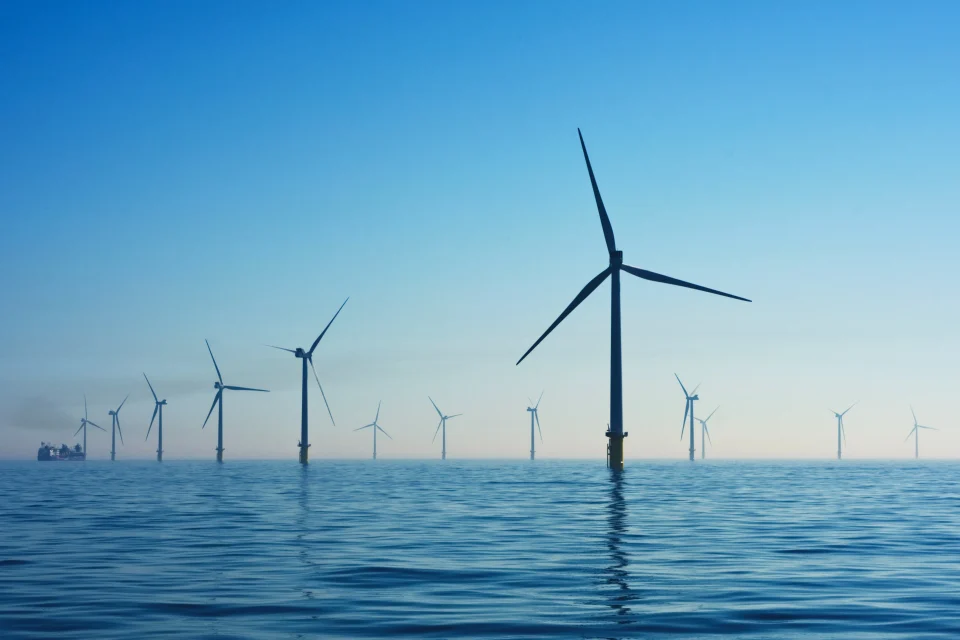
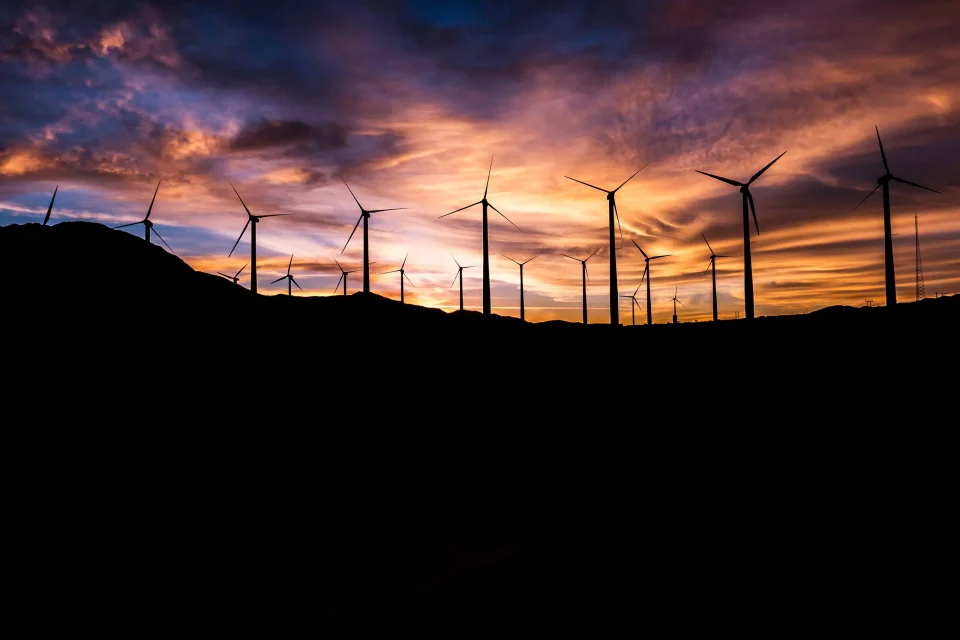
Onshore wind
Delivery of onshore wind projects is significantly quicker and cheaper than other forms of energy generation, which will help reduce our reliance on gas more quickly. Onshore wind is currently six times cheaper than gas.
The CCC has recommended that the UK should install 35GW of onshore wind by 2035, and analysis from RenewableUK showed that doubling the UK’s onshore wind capacity to 30GW by 2030 would reduce consumer bills by £16.3 billion over the course of this decade – which is an annual saving of £25 for every household. This is a particularly important aspect in what is currently an especially challenging economic environment for consumers.
Onshore wind brings down bills, is popular and vital for UK energy security
Solar Photovoltaic
Solar PV is now the cheapest source of electricity around the world – including in the UK, where the cost of utility scale solar has fallen in cost by 88% since 2010, and the cost of rooftop solar panels has declined by as much as 60% since 2010. At the same time, the efficiency of solar panels continues to improve.
Solar energy can at times provide close to 30% of the UK’s electricity demand. Installing more solar generation capacity will therefore help the UK to become more energy self-sufficient, while directly helping to bring down bills for everyone.
Public support for solar is very strong and this was recently demonstrated by BEIS polling on public attitudes which showed the level of support for solar is consistently high with 89% of the public in support (Autumn 2022).


Natural Gas
Natural gas will remain an important transition fuel as we decarbonise our power system. As well as gas being used as the main source of heating for our homes and businesses, natural gas is currently used to offset periods of low wind and a lack of flexibility, directly contributing to the UK’s security of supply.
The commitment to phase-out unabated gas is backed by the UK energy industry, and to support this commitment, actions to enable investment in all forms of flexibility needs to be accelerated. This will support a system based on a higher proportion of renewable generation, enabling the phase-out of unabated gas.
Nuclear
Electricity in the UK is also generated from nuclear, in which uranium atoms are split up to produce heat and steam to rotate turbines using a process known as nuclear fission. Nuclear power has a vital role to play in both bolstering our energy independence and reaching our climate change targets through the supply of dependable, low-carbon energy.
The UK is building its first nuclear power station in more than 20 years, at Hinkley Point C, which will provide 7% of Britain’s electricity once operational. The Government also plans to build Sizewell, C which could generate enough electricity to power 6 million homes.
Great British Nuclear is running a competition to support the development of Small Modular Reactors (SMRs) as part of the UK’s nuclear fleet, which will be completed in 2025. The winner will receive backing from Government.
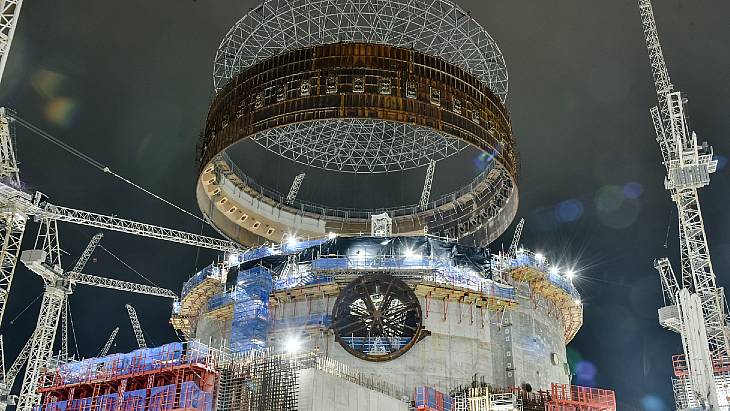

Carbon Capture, Utilisation and Storage (CCUS)
Carbon Capture, Utilisation and Storage is the process for taking carbon at the point of emission in order to store the carbon or to use it in other processes.
CCUS technology could be paired with existing gas-fired power plants to remove emissions while burning natural gas, or in the production of blue hydrogen.
The UK government has pledged nearly £22billion to support CCUS projects which could support up to 50,000 private-sector jobs, and drive capture of carbon dioxide emissions of 20 million to 30 million tonnes a year by 2030.
Hydrogen
As we continue to decarbonise power generation in the UK, many companies with gas generating assets are looking at alternative fuels such as hydrogen or by using carbon capture technology to capture post combustion carbon emissions.
Low carbon hydrogen can be produced at scale by reforming natural gas and capturing the carbon dioxide released or by electrolysis of water. The latter can use excess renewable energy to produce hydrogen which can stored, until needed when it can be used flexibly to generate electricity when required.
The UK has set the target of achieving 10GW of low carbon hydrogen production capacity by 2030.
The 600MW Hydrogen to Humber (H2H) Saltend project – located at Saltend Chemicals Park (pictured) could be one of the UK’s – and the world’s – first at-scale facilities to produce hydrogen from natural gas in combination with carbon capture and storage (CCS).
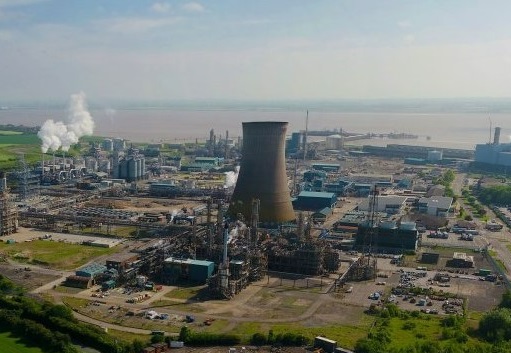
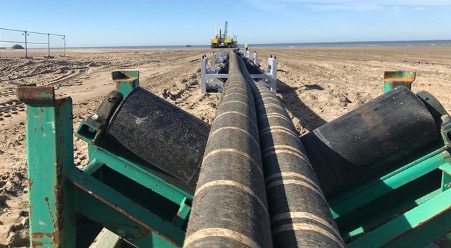
Interconnection
The UK’s electricity network is connected to energy systems in France, the Netherlands, Ireland, Belgium, Norway and Denmark through sub-sea high-voltage cables called Electricity Interconnectors. At present, there are eight operational interconnections which the UK uses to import or export electricity when it is most economical, during times of high demand and/or system stress.
Interconnectors provide critical flexibility enabling excess power (such as that generated from wind and solar farms) to be traded and shared between countries, rather than curtailed. As such, interconnectors play a significant role in contributing towards security of energy supply, in helping both the UK and European nations to reach Net Zero faster, and in reducing the overall cost of energy to consumers.
